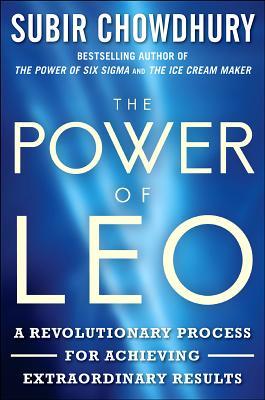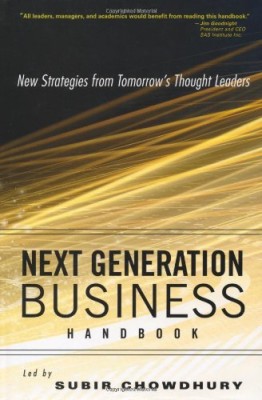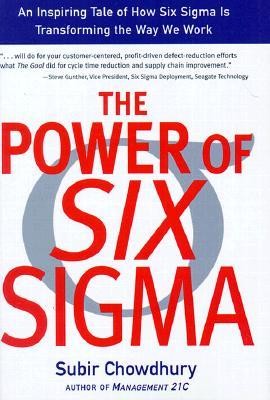Quality & Process
When ‘quality’ ceases to be just lip service from one employee to another – it becomes a process for continuous improvement toward perfection.
It’s one thing to inspire people to come up with ideas to improve the level of quality in your organization. It’s yet another thing to encourage those same people to turn their ideas into action.
When you are nurturing the talent in your organization, this may be one of the management challenges you will face.
You could do what a friend of mine did. He got a poster of Auguste Rodin’s sculpture “The Thinker” and attached a sign to it: “This is an Idea”. He then picked up another poster, Antoine Bourdelle’s “Hercules, the Archer” and attached another sign: “This is Action.” Above both posters, he hung a bigger sign: “Which would you rather be?”
What a powerful contrast of images – a man sitting and thinking, and a warrior archer at the very moment of commitment. Everyone wants to be seen as the one who takes action, but do we want people shooting arrows everywhere without thinking?
When you start a quality revolution, remember that everyone works at their own pace. Some people will take longer to come up with the one idea that is remarkable; the one that changes everything. People will be as bold as you want them to be, and you can be enthusiastic and encouraging, but there will still be barriers. The questions you need to ask—and answer— are the following:
- What will you do to help people overcome barriers?
- What will you do to encourage them to be disciplined and dedicated to the organization’s mission?
- How will you encourage them to integrate quality into everything they do?
The first thing you need to do is embrace positivity. Positivity means more than putting on a happy face—it means encouraging people by getting them excited about their prospects. Positivity means participating in discussions, offering suggestions, and – above all – showing that you are interested in outcomes. From a leadership perspective, positivity means motivating someone else, and giving them a reason to be enthusiastic about their ideas and to take decisive action.
You can also show people what it means to embrace a challenge. Some managers I know love to use stories about athletes and coaches. Some others might tell stories about inventors like Thomas Edison or Henry Ford. Lately, I’ve begun to use my own life to show how passion has helped me overcome challenges.
From my early years in Bangladesh, I had to struggle to overcome severe economic and social obstacles. My mentor during those early days was my maternal grandfather. One day, he offered me a ten taka note (about ten dollars) and a plain ballpoint pen. He told me to pick one, and he would give it to me. I picked the money. He gave me the money but then said, “Don’t go for money. Always go for the pen. With the pen, you can create knowledge. If you have knowledge, then you can lead the world.”
There’s more to raising enthusiasm about quality than just excitement. How would you like to be treated? What would motivate you?
If you engage this work seriously; if you are honest with yourself and your honesty permeates your organization, your workforce talent will emerge and bloom—and amazing things will happen


















